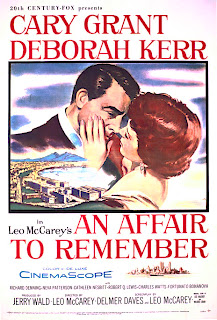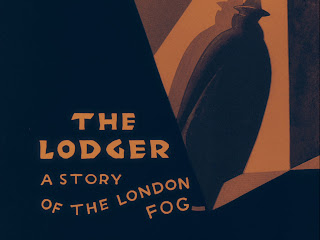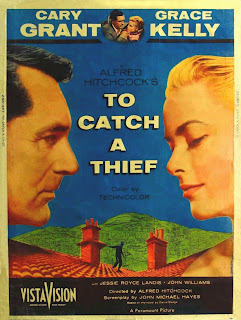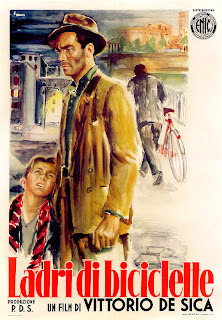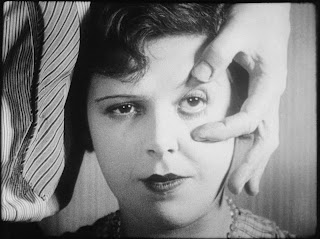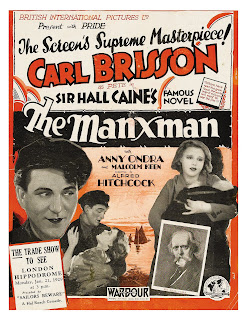Peeping Tom (1960)
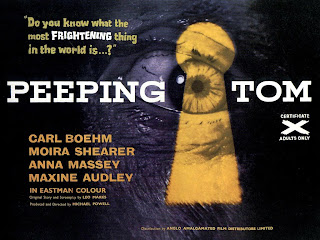
There can't be many films that have had such a negative reaction that they have more or less destroyed a popular filmmaker's reputation overnight. Peeping Tom is one such film, and famed British director Michael Powell became so vilified in the press after its release that he was never again able to make a film in his native country. Even more unusual is that Peeping Tom has grown in popularity over the years and is now at the point where it is rightly considered a masterpiece, so why was the film so widely condemned on its initial release? By 1960 Michael Powell was rightfully standing as one of the greatest living British filmmakers, possibly second only to Alfred Hitchcock himself. Though he had been making films since the early 30s, and had even assisted Hitchcock on some of his early films, it was in 1937 that he had his breakthrough with The Edge of the World . By the time World War II flared up, Powell was working with Emeric Pressburger, and the two forged one of t


